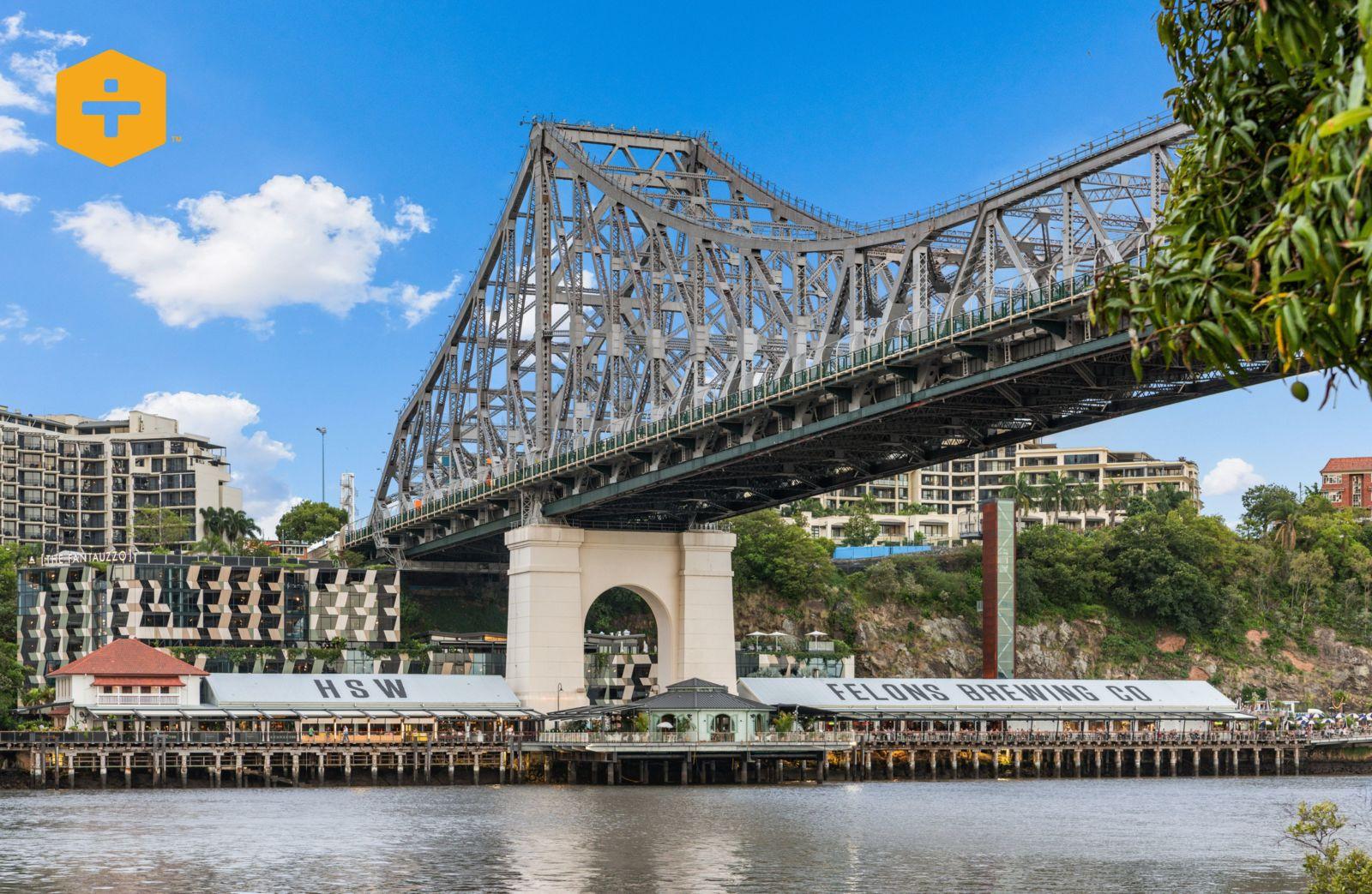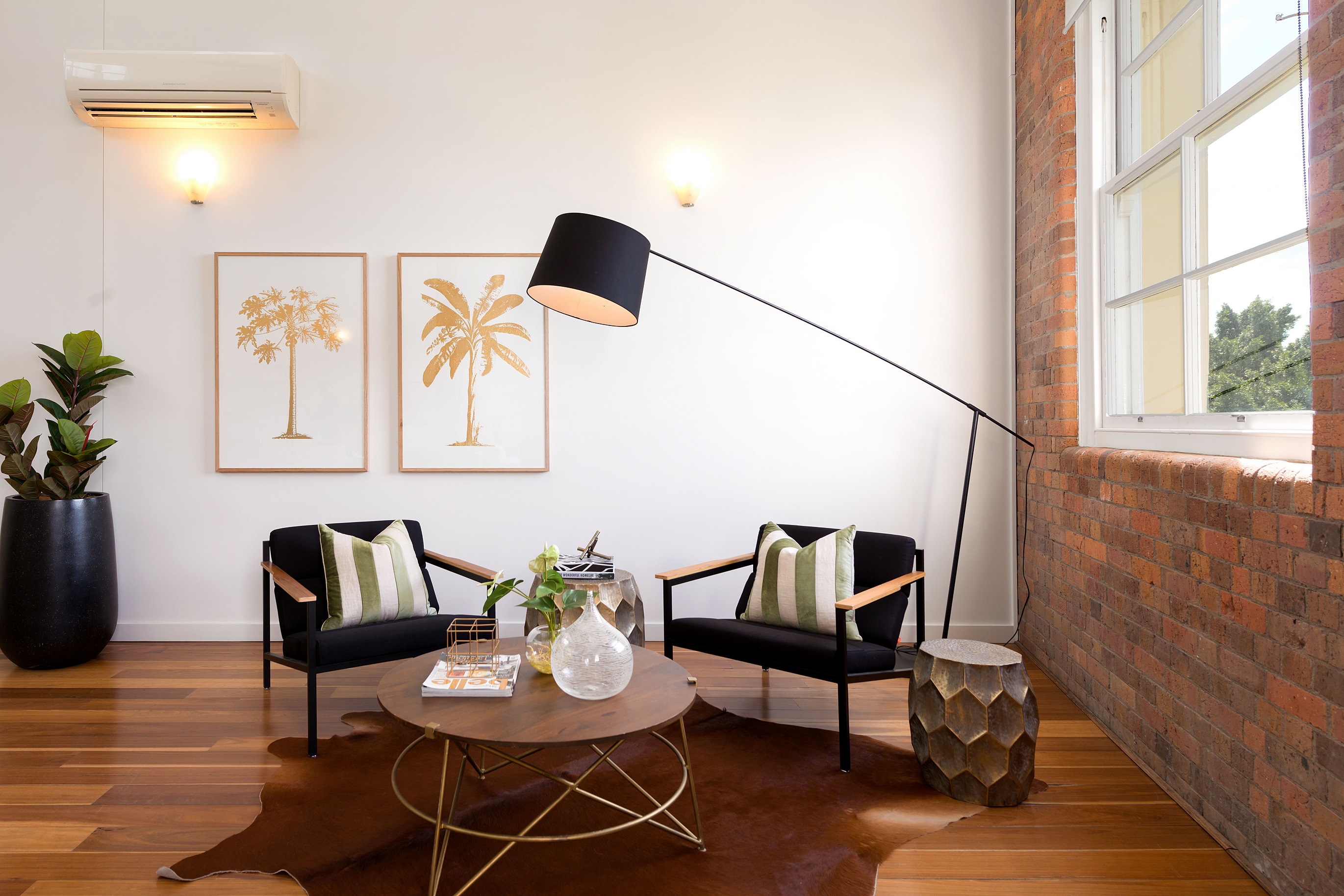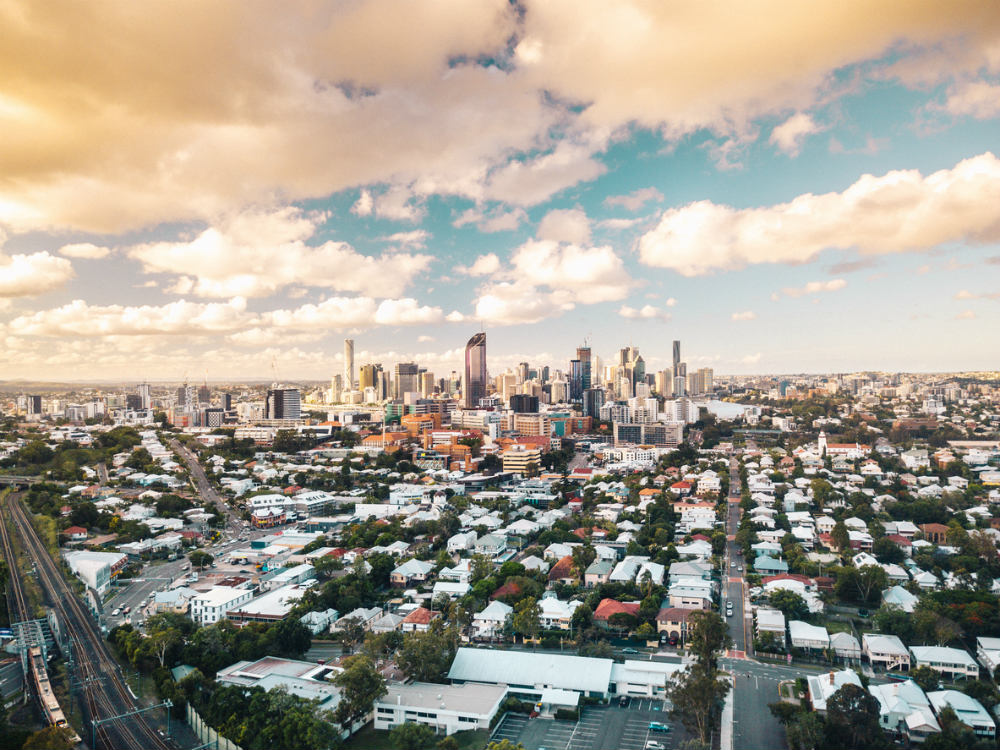
Planners will run the rule over four Brisbane inner-city hotspots to assess their densification, connectivity and development opportunities.
The Brisbane City Council has released its Inner City Strategy document, which deputy mayor Krista Adams says will help to shape future growth of the economic powerhouse of south-east Queensland. The target areas for precinct renewal are Kurilpa, Albion, Newstead and Woolloongabba.
“We need to go up, not out,” Adams says.
Work is currently under way to create a temporary local planning instrument for the Kurilpa area, on the edge of the Brisbane River, where the Lord Mayor Adrian Schrinner has signalled a ‘no-limit’ residential tower overlay.
“In Kurilpa we’re looking at CBD heights for residential development, not for commercial. That’s where we think we will unlock housing supply,” the deputy mayor says.
“We are trying to make sure we’re going to get the community benefit and the subtropical design rating guide into that temporary plan so the community can also see if there is increased density that there is increased community benefit from that density.
“Sometimes that is the relationship that a lot of our residents don’t understand. They just think development is bad, but what they don’t see is that development is growth, growth is progress, and that can be a great thing for a community as well.”
The precinct planning will lead urban renewal of key development areas in the inner city, which Adams says will be critical to future growth and development.
“We are doing precinct planning which supports the next phase of our city’s urban renewal and also recognises the next precincts that are coming online as well.
“Each of these precincts are going to have their own character. Kurilpa is not going to be the same as Albion, it’s not going to be the same as Newstead, and it will be different again to Woollloongabba. So we need to make sure that we go finer grain on those precincts as well.”
Adams says it’s about delivering high-quality accommodation offerings in well-located areas.
“We want to create inner-city neighbourhoods with high quality housing, employment opportunities, but also places where people want to live.
“That will be a lot of the work of [developers], partnering with the private sector, exploring innovative housing supplies, management models, build-to-rent is definitely on the tips of everyone’s tongues at the moment.”
Over the next three years precinct planning for Kurilpa, Albion, Newstead and the city centre will reshape these areas to make them more future-proof for the next generation. The council is also assessing the Woolloongabba priority development area alongside the Queensland government.
Adams says the large industries in Kurilpa are being encouraged to move on ahead of the renewal for the 2032 Olympic Games and South Bank 2.0.
She says the 21 Brisbane Olympic venues are predominantly in the inner-city and work would be done to create better multi-modal connectivity between the venues.
“There really is an opportunity there about the compactedness of Brisbane and the travel between [Olympic] venues, which doesn’t need to be on buses if you are fit and healthy.
“When you think about the Kangaroo Point Green Bridge coming online, the Gabba and the city are only 2 to 3km away, which most of us do in the morning to keep fit anyway.
“We have a lot of dynamic urban precincts with a number of planned infrastructure coming on line for the connections between those public transport networks, and that is really going to unlock the connectivity.
“People in Brisbane are really going to have to start thinking about modal shift and talking about maybe two buses into town. It will make it a faster [commute] because we can be more efficient in what we supply as well.”
AECOM Queensland industry director of cities Mike Gillen commended the report. He says it is the first document in “about a decade that thinks at this scale”.
“Thinking at that scale is critical,” Gillen says.
“It’s addressing the incomplete and the inefficient connections. We know where they are. Stanley Street through to South Bank is a critical piece which will actually join those two precincts themselves.
“There are multiple areas across the city where we know that the active transport network needs to complement all the other very decent connectivity pieces, in order to allow people to move around the inner city.”
Howard Smith Wharves chief executive Luke Fraser says connectivity with the river was key to a thriving heart of the city.
“The river is our super power,” he says.
“People enjoy connecting with the rivers edge. It cost us millions to put in the lifts on the cliff edge, but my lift technician told me they had completed 2.1 million trips during the past few years.”
*This post was originally published on https://www.theurbandeveloper.com/articles/kurilpa-brisbane-inner-city-strategy




